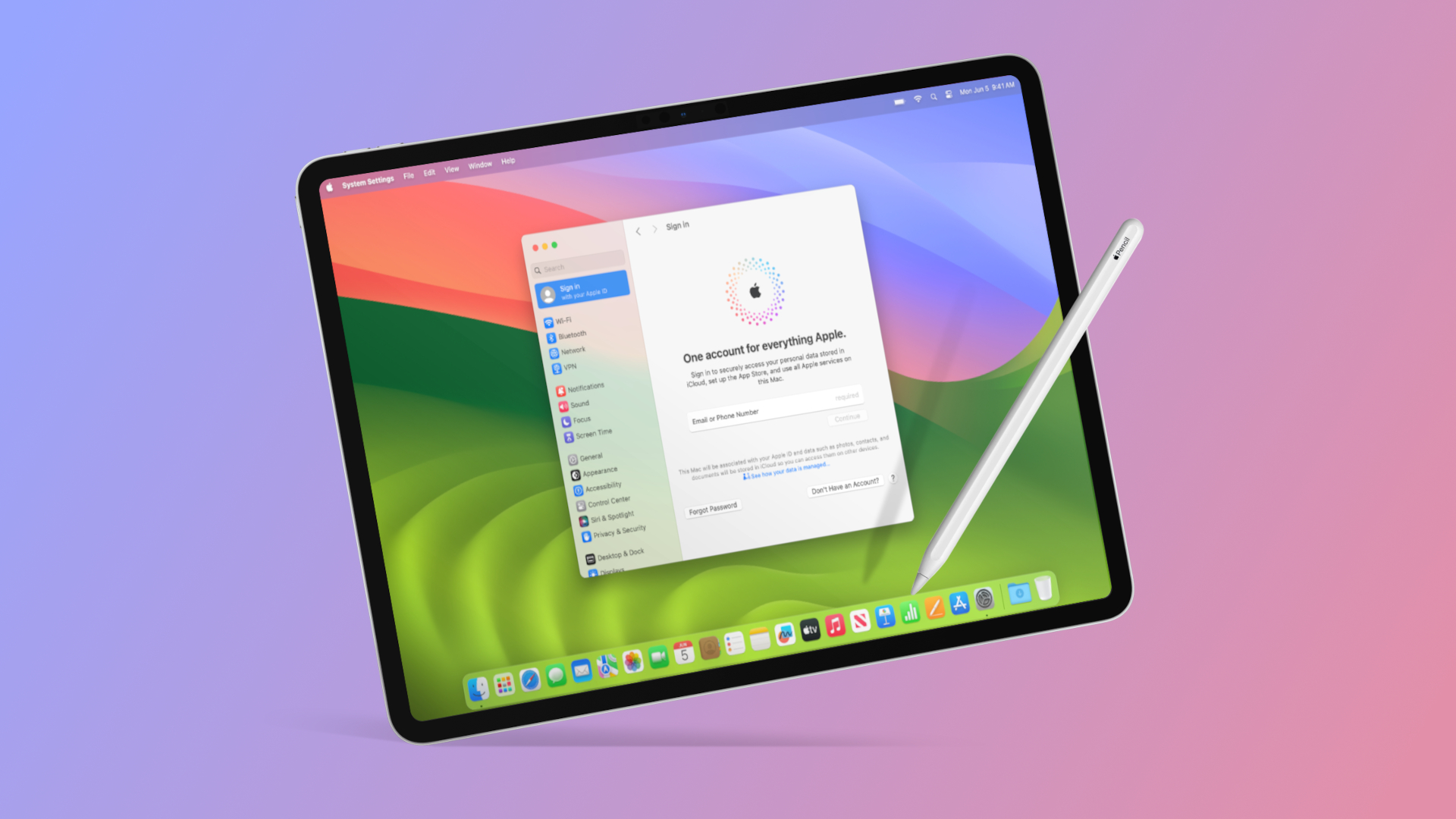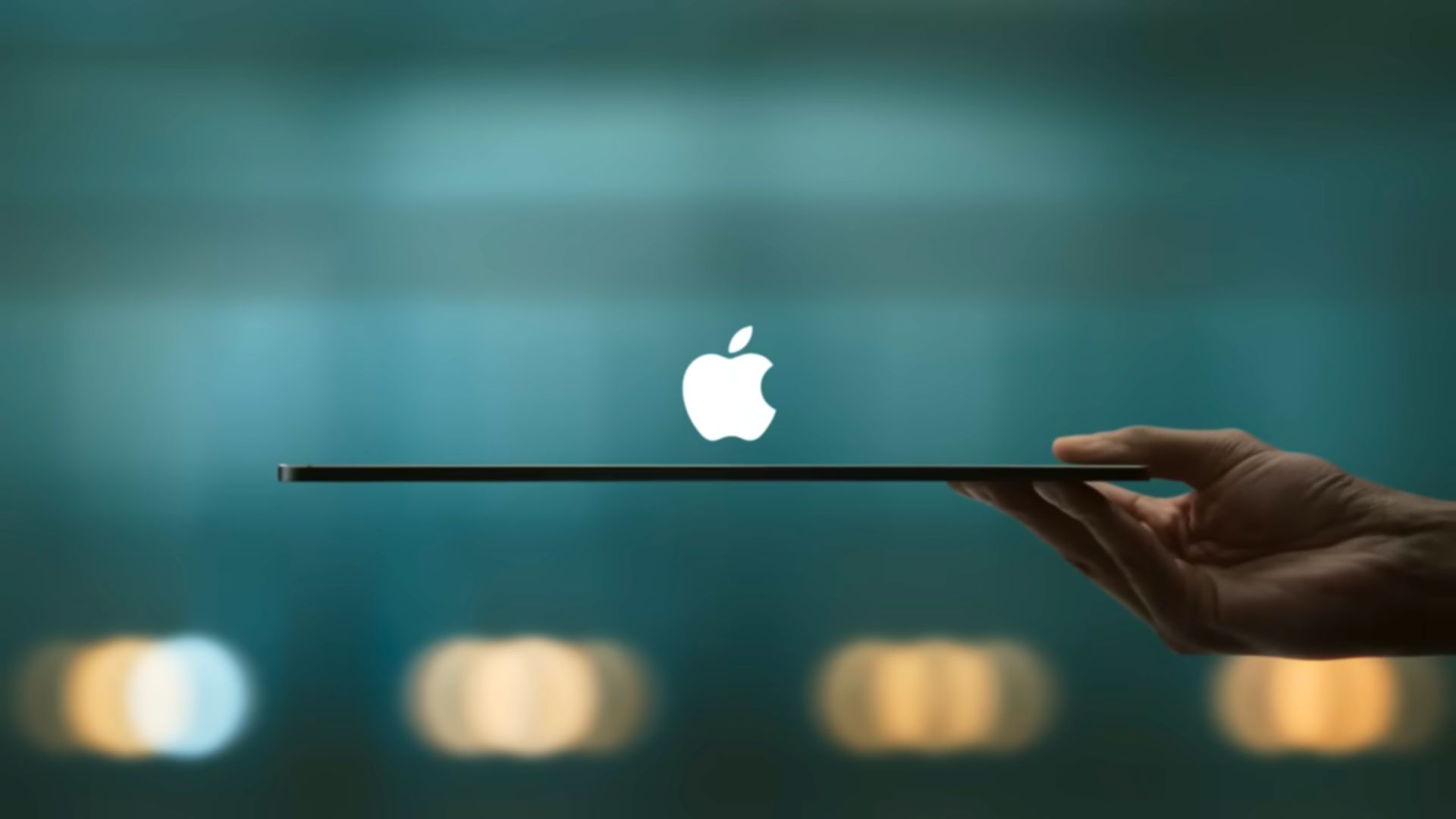
Apple's decision to debut its latest M4 chipset on its latest 11-inch and 13-inch iPad Pro models in May gave its premium tablets a sizeable boost in interest. However, a new report suggests that interest, and the demand that came with it, have considerably dropped — and several factors may be to blame.
Apple M4 iPad Pro:
A recently published report by DSCC supply chain analyst Ross Young, a reliable source of information surrounding Apple's iPhone and iPads both pre and post-release, highlights a scaling back of production of the M4 iPad Pro's OLED panels, suggesting that Apple may have overestimated the demand for its latest tablet.
According to Young, the number of panels expected to ship (and to feature in this new iPad model) was originally estimated to be around 10 million for this calendar year. However, Young believes the actual numbers will be closer to, if not below, 7 million.
Does this suggest that the M4 iPad Pro is a flop? Not at all. However, it suggests that regardless of the impressive stream of upgrades available in Apple's latest slate, it's just not appealing to customers at the scale the company initially hoped for. So, what's to blame?
Apple's M4 iPad woe: What's to blame?
While the new M4 iPad Pro is impressive, it's not without its faults. Putting aside the recent iPadOS 18 update that was rendering Apple's latest iPad Pros inoperable, the lower-than-expected demand for this premium slate may have more to do with its price and its potential.
The starting price for the 11 and 13-inch M4 iPad Pro is $999 and $1,299, respectively — a sizeable investment that can skyrocket to $2,599 if you want the highest configuration available.
While the latter price is likely reserved for those seeking to use the M4 iPad Pro as a laptop replacement, that staggering price also doesn't factor in the cost of the new Apple Pencil Pro ($129) or Magic Keyboard ($349) which can further push the price of the iPad Pro to $3,077, and that's without factoring in the cost of your AppleCare+ plan, too.

That's a staggering amount of money to spend on a tablet, which is often seen as a secondary to a good laptop or smartphone, and rarely as a primary device. Especially when, according to survey data provided by Consumer Intelligence Research Partners (CIRP), up to 42% of iPhone users will offset the cost of a newer model by trading in, while only 3% of iPad owners will do the same — which can greatly limit how often fans of Apple's slate will be able to upgrade and make its price a much taller hurdle to clear.
There's also the issue of justifying the inflated price of the M4 iPad Pro, and we don't just mean in relation to its much more affordable 11-inch and 13-inch iPad Air counterparts (which start at $599 and $799, respectively). The inclusion of the M4 chip makes the new iPad Pro among the most powerful in Apple's catalog. However, there's very little that iPadOS has to offer that will allow users to take full advantage of that.
I've long been a believer that the iPad Pro has outgrown iPadOS, but with touchscreen MacBooks still being a thing of fantasy there's no framework for macOS to make the leap to Apple's slates at the present time. Leaving us with an impressively powerful tablet, and very little to do with it.
Outlook
Another factor that could affect sales of the M4 iPad Pro is that many Apple users could be waiting on future M4 MacBook Air and MacBook Pro models, the latter of which we expect to see unveiled during Apple's upcoming October Mac and iPad event.
Thanks to macOS Sequoia, these platforms are less restrictive than iPadOS, allowing users to take full advantage of Apple's latest M4 chipset, and do so at a more justifiable price than the $1,000+ iPad Pros.







